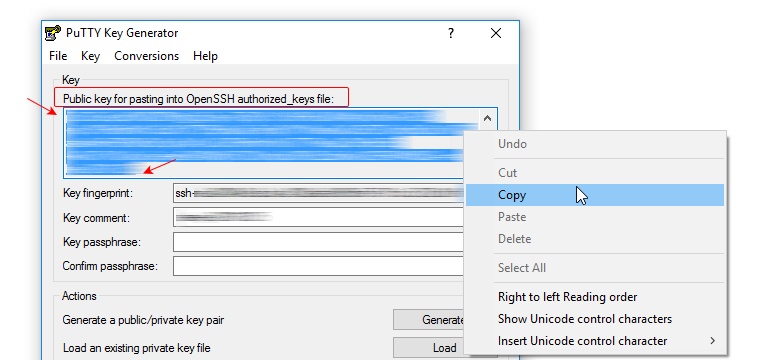SELinux can be such a nuisance. In particular, if you have a newly created file system, you will need to add labels to it, also known as SELinux security contexts.

Cyber security, infotech

Filipe Martins Leave a Comment
SELinux can be such a nuisance. In particular, if you have a newly created file system, you will need to add labels to it, also known as SELinux security contexts.

Your users want to access a web server instance as a staging or production environment for DevOps… They want access to the web server document root of the sites they manage. Your job is to maintain the integrity of the whole system in terms of cyber security.
If you happen to be running a web server on Linux—for example in EC2 on Amazon AWS—and need to provide site owners remote access in a secure and responsible manner, here is how to do it.

When updating MariaDB, the popular successor to MySQL, you may, once upon a time, hit a roadblock which you won’t be able to track down in the error log. Even though web visitors get to see the plain text complaint “Can’t connect to the database”, the MariaDB server will be running just fine. Silent errors should be reason enough to suspect SELinux, the oftentimes dreaded and despised but equally popular Security-Enhanced Linux kernel module.

Filipe Martins Leave a Comment
Installing PHP on the Red Hat family—Fedora, RHEL, CentOS 7—is a must for cyber security and it’s not rocket science. With a few easy steps, you too can bring your PHP based web applications to the next level.

Filipe Martins Leave a Comment
The setup of the LEMP stack (NGINX, MariaDB or MySQL, and PHP) has many caveats. They can impact both performance and security.
Here is how to LEMP (not limp along!).
©2022 CybrAnalytiqa OÜ